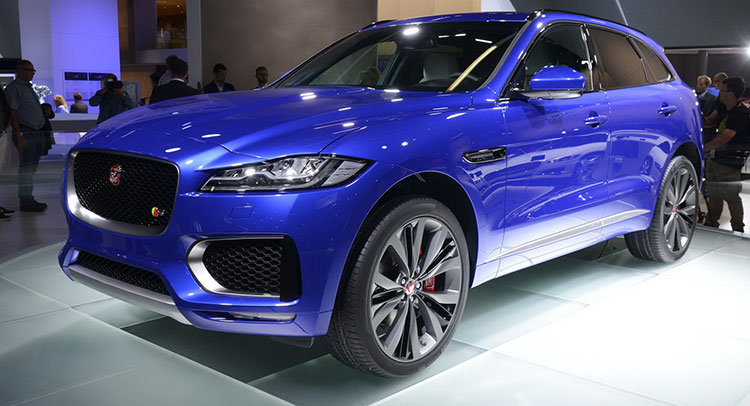Who would have thought that Jaguar’s current design language could spawn a handsome SUV?
Launched at the Frankfurt Motor Show, the F-Pace is Jaguar’s interpretation of how a crossover/SUV model should look like. Needless to say, the British car maker’s major style cues integrate effortlessly into the F-Pace’s muscular, yet plump-ish body.
It’s not that easy amalgamating or bloating a clean design (found on a coupe, or a sedan) in order to form a totally different approach, but Ian Callum – Jag’s chief designer – did a great job with the F-Pace.
In fact, the meaty 300PS 3.0-liter V6 diesel and 380PS 3.0-liter V6 supercharged petrol powerplants best suit the well-proportioned, beefy body – even though the engine line-up is much more consistent (180PS (177hp) 2.0-liter diesel manual RWD/ AWD and automatic AWD, a 240PS (237hp) 2.0-liter petrol automatic RWD, a 300PS (296hp) 3.0-liter diesel automatic AWD, and 340PS (335hp) and 380PS (375hp) 3.0-liter petrol automatic AWD).
Speaking of proportions, the F-Pace does a very well job hiding its actual size. Its 4,731mm length classifies it somewhere between a compact and a mid-sized luxury crossover.
Being a product of Jaguar Land Rover, the F-Pace comes equipped with some gimmicks taken from Jaguar’s sister company, Land Rover. So, even though it’s unlikely an F-Pace will go off-road (especially with those wheels), it sports the trademarked Adaptive Surface Response (ASR) – a system which identifies the type of surface the car is rolling on and optimizes the mapping of the powertrain and dynamic stability control system.






















































